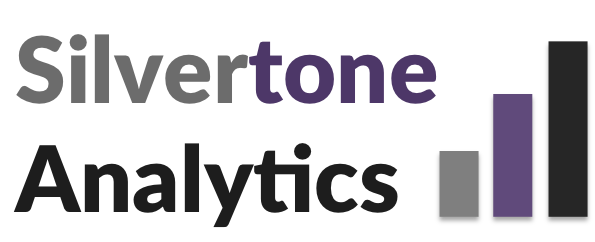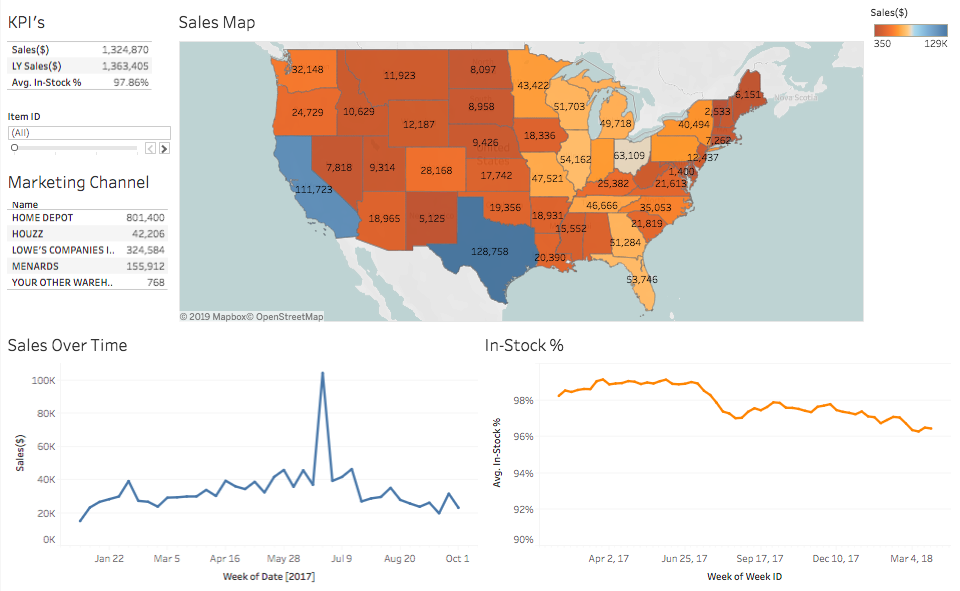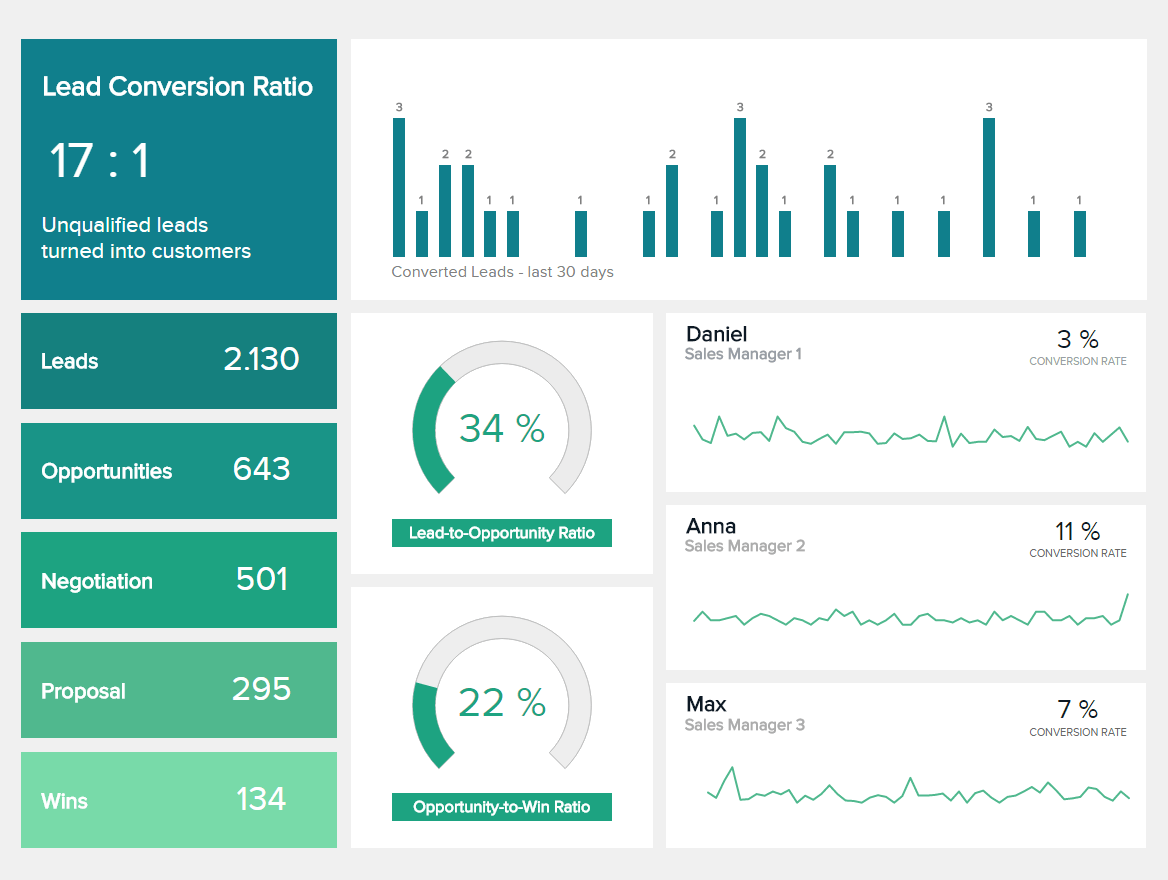Marketing Analytics For Companies
Marketing analytics for companies allows the sales and/or marketing director to get much better insights into how well campaigns are performing. Many of the sales and marketing directors we’ve worked with over the years are too in the weeds (working with other team members, outside agencies, and other resources) to have a chance to look at performance from the 10,000 foot level. Our team has worked in these roles before and has the technical capabilities to tie into almost any CRM, digital analytics, or other marketing data sources (even spreadsheets) and create powerful storytelling dashboards you can review at a moment’s notice. Below are specific areas we focus on along with interactive dashboards to help guide you along.
Pre-Built Analytics Dashboards
Our pre-built dashboards utilize some of today’s most common digital analytics platforms such as Google Analytics, Adobe Analytics, Facebook Analytics, Salesforce CRM, and more. While these tools have a ton of great features out of the box, our team is able to quickly set up new goals, tracking, and other analytics configurations and pair them with campaigns you’re running. The dashboards are available on both an as needed and ongoing basis, can be automated, and are interactive, meaning you can filter results by variables like time, date, channel, geographic region, campaign, and more.
Marketing Lead To Sales Conversion
Start at the bottom of the marketing funnel before you work your way up. Our lead conversion dashboards tie marketing analytics to sales analytics, allowing you to see what your ROI is filterable by marketing campaign, source/channel, etc. You can also see lifetime value of customers and what process they take when they come back. Access to this information can be a powerful tool because you can better understand their time of need and preferred communication channels, allowing you to pre-build automated messages to the end user or their sales representative.
Reverse Marketing Funnel Visualization
Reverse the marketing funnel by looking first at which leads are converting and find ways to optimize bottom of funnel first. Then look at what their evaluation behaviors were after they were exposed to your company (how many times they came back to your website, opened an email, filled out a form, downloaded a white paper, signed up for a newsletter, opened a live chat, even called a phone number). Finally see what their research process was like, how they were initially exposed to your brand (which outbound or inbound channels). Reversing the funnel helps your analyze the most impactful areas of your marketing first, and then move onto the wider nets you’re casting.




